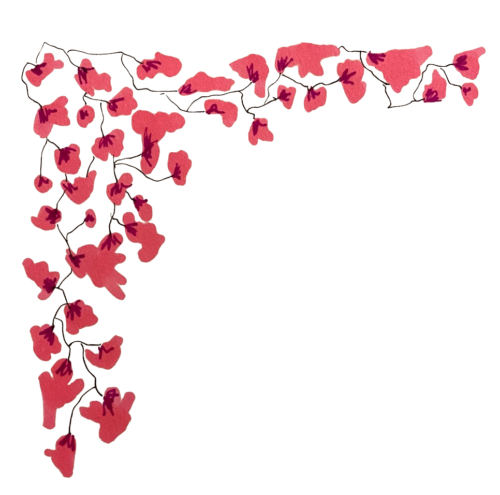In the Victorian era people often used flowers to communicate. Meanings were assigned to flowers. They were used to send secret messages that could not be said aloud in the culture. “Floriography” allowed rules to be broken in an alluring, lusciously enigmatic way. A woman would know a man “fancied” her through a particular flower left upon her doorstep.
When something could not be expressed publicly, it was shown through the colors and shape of the plants. The term “talking bouquets” came to be. A lover would receive a bouquet filled with meaningful flowers for the recipient to read; a glamorous letter. Sensitive flowers represent chastity. Deep, red roses symbolize the passion of love. White flowers are associated with virtue and yellow, friendship. Each flower’s meaning has gone through transformations throughout history and based on varying cultural values. Therefore, the flowers today have different symbolism based on where you are.
This language largely originates in religion and mythology. For instance, the meaning of the white daisy derives from its symbolism of the Virgin Mary, in addition to the tale that God dotted white daisies over the land when an infant died as tribute—hence, innocence and purity. The passion and deep love associated with tulips arose from a persian tale of a royal couple. Farhad was in love with a princess, Shirin, but she died before he could confess his love to her, leading him to kill himself in sorrow. The legend says red tulips bloomed from his blood on the grass where he fell. Lilacs are linked to new beginnings and the feelings of a first love, as they bloom in the spring; the season of renewal. In mythology, the lilac was born from a beautiful nymph who turned herself into the flower after being frightened by her suitor, Pan’s, overt affection. This first demonstration of love resulted in the purple lilac in place of his nymph.
Perhaps the idea of flowers as a symbolic language deserves a 21st century rebirth. Today, public displays of affection are not disdainful or forbidden, but there is something special about the liveliness of flower language that warrants a place in our increasingly online lives. A carnation or tulip instead of heart eyed emojis, white daisies instead of a digital angel face…
Think about what message you’d like to send your special someone and browse the flower store instead of the emojis on your iPhone’s keypad.
The Old Farmers Almanac, a reference book from 1792, and the article “Flower Meanings Dictionary from A to Z: the Secret Victorian Era Language of Flowers” from the Gardening Channel website, give us insight into the language of hopeless romantics from centuries past.
Illustrations by Kate Tunnell ’24 and Yasmine Bazos ’24
- Peony Bashfulness and a happy, prosperus marriage
- Lily Virginity, a modest interest
- Ivy Fidelity, the link between a married couple
- White Daisies Innocence, the blossoming of sweet, new love
- White Daisies Innocence, the blossoming of sweet, new love








